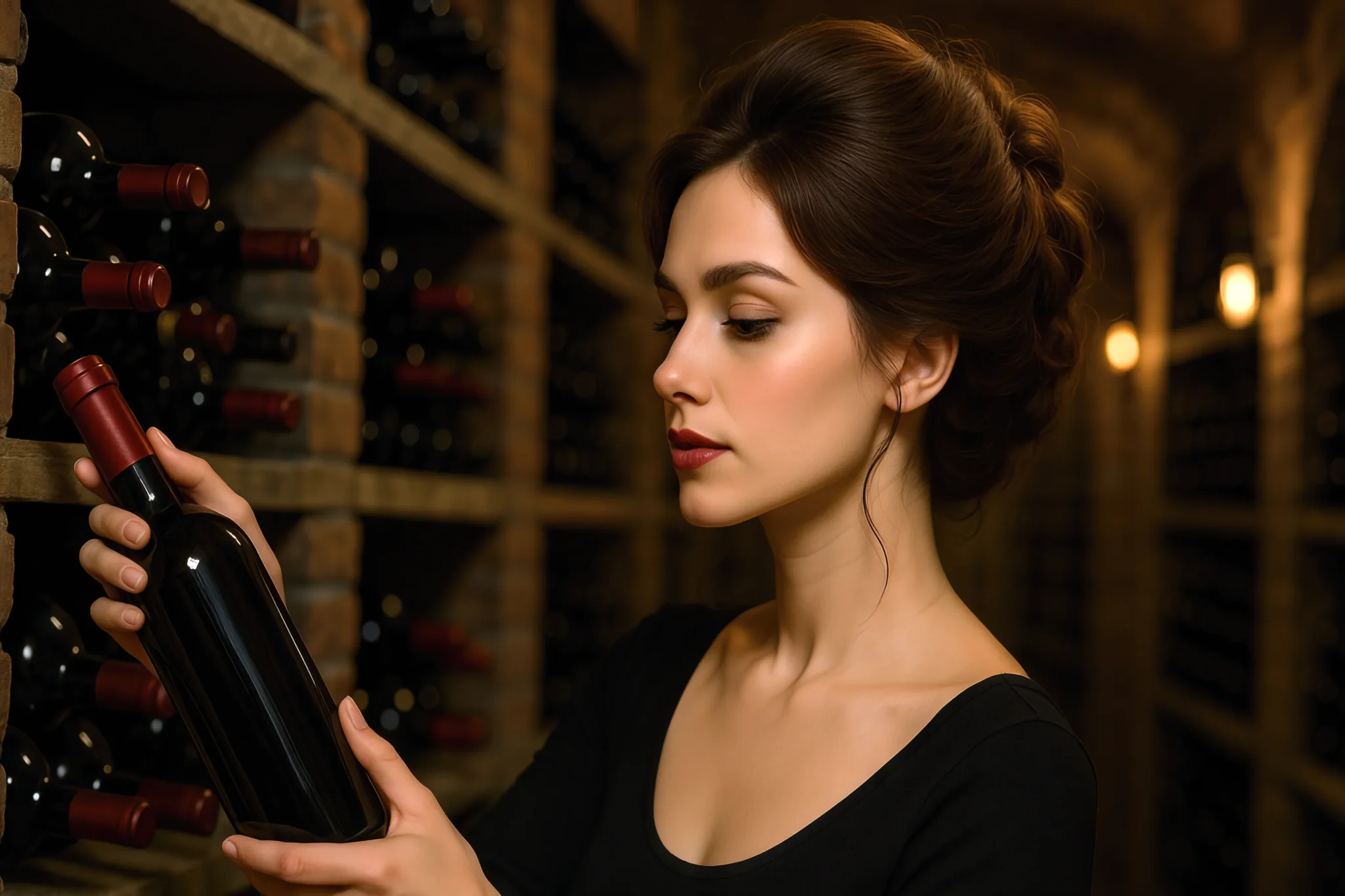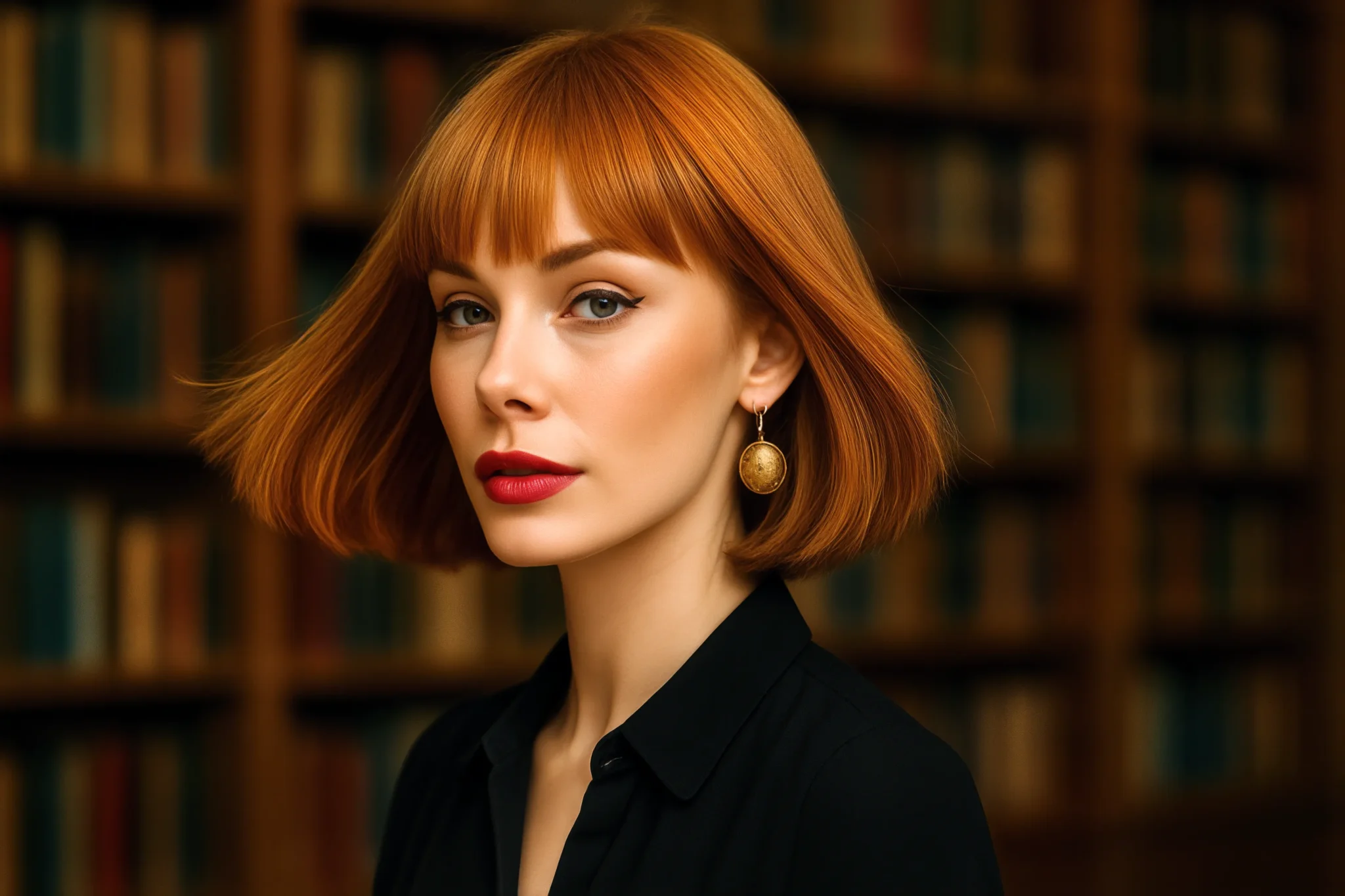There’s something undeniably captivating about the Romantic Updo. It’s the kind of hairstyle that looks as if it belongs in a painting—soft, feminine, and effortless, yet carefully composed. It evokes an age when beauty was an art form, when a few delicate tendrils falling across the cheek could speak volumes about elegance and charm. But behind its seemingly simple beauty lies a fascinating history, a rich variety of interpretations, and an enduring appeal that continues to define modern femininity.
A Brief History of the Romantic Updo
The Romantic Updo traces its lineage to centuries of evolving hairstyling traditions that celebrated softness, volume, and ornamentation. Its earliest influences can be found in the neoclassical and early Victorian periods, when women’s hairstyles began to shift from the rigid symmetry of the 18th century to more natural, emotive expressions of beauty.
During the early 19th century, the Romantic movement transformed not only art and literature but also fashion and aesthetics. Women began to embrace looser silhouettes and hairstyles that mirrored the era’s passion for nature, emotion, and individuality. Hair was swept up into loose chignons, curls, and knots, often adorned with ribbons or fresh flowers. These styles were meant to frame the face gently, drawing attention to the eyes and neck—symbols of delicacy and vulnerability admired in the Romantic ideal.
By the mid-Victorian era, the Romantic Updo had become a cultural emblem. It represented refinement, modesty, and allure in equal measure. In portraits and photographs, women wore their hair loosely pinned, with ringlets cascading down the sides—a visual shorthand for elegance. Over time, the look evolved through every decade, taking on the aesthetics of each generation: the structured waves of the 1920s, the voluminous bouffants of the 1960s, the soft curls of the 1990s, and today’s effortless “undone” interpretations. Yet, the essence of the Romantic Updo—its softness, sensuality, and balance between intention and spontaneity—remains unchanged.

The Aesthetic of Romance
What makes the Romantic Updo so enchanting is its ability to merge precision with imperfection. It celebrates texture, movement, and natural beauty rather than strict geometry. The look typically features a softly pinned bun or twist, framed by face-framing tendrils or cascading curls that give it a dreamlike quality.
There’s an emotional depth to this hairstyle that’s difficult to articulate. It’s not just about arranging hair—it’s about creating a mood. The Romantic Updo suggests intimacy, the feeling of being caught between elegance and ease. Its slightly undone appearance whispers rather than shouts, hinting at beauty that feels real, lived-in, and irresistibly human.
Visually, the style flatters nearly every face shape and hair type. The loose framing pieces soften angular features, while the lifted crown elongates the face and neck. When styled with waves or gentle curls, it creates a natural halo of volume that enhances the wearer’s femininity. The result is a hairstyle that feels personal and universally appealing—a balance of control and chaos that speaks to both artistry and emotion.

Variations Across Time and Taste
The beauty of the Romantic Updo lies in its endless adaptability. It can appear demure and classic, or bold and bohemian, depending on how it’s styled. Over the decades, countless variations have emerged, each reflecting the sensibilities of its era.
The Victorian Chignon, for instance, embodies historical romance: a smooth, low bun gathered at the nape, often paired with curls or braided accents. Adorned with pearls or silk flowers, it channels timeless refinement suitable for weddings or formal evenings.
In contrast, the Bohemian Romantic Updo embraces freedom and texture. Loose braids intertwine with soft curls, secured in an artful knot that looks as though it could unravel at any moment. It’s an aesthetic of imperfection that feels spontaneous, yet deliberately beautiful—perfect for outdoor events or artistic portraits.
Then there’s the Modern Romantic Updo, which reinterprets classic elements through a contemporary lens. Stylists often incorporate texture sprays and teasing to achieve volume without stiffness, while loose tendrils and asymmetry add movement and a lived-in quality. Accessories such as minimalist pins, gold cuffs, or fine veils give this version a refined, editorial finish.
Even within bridal fashion, the Romantic Updo remains a perennial favorite. Brides often choose variations that complement their gown’s neckline and fabric—airy buns for lace dresses, twisted knots for satin silhouettes, or braided crowns for rustic themes. The versatility of the style allows it to transition effortlessly from formal to casual, from royal elegance to everyday charm.
A Symbol of Feminine Confidence
The Romantic Updo is more than just a hairstyle—it’s a statement of confidence and self-expression. In its natural looseness, it rejects the idea that beauty must be flawless. Instead, it celebrates the small imperfections that make a look feel authentic and alive.
Wearing a Romantic Updo changes the way a woman carries herself. The exposed neck and shoulders create an impression of openness and vulnerability, while the pinned-up structure maintains composure and control. This interplay of softness and strength mirrors the dual nature of femininity itself.
There’s also something deeply sensual about it. Unlike sleek buns or rigid updos, the Romantic style invites touch—it appears soft, inviting, and intimate. Whether paired with subtle makeup and delicate jewelry or contrasted with bold lipstick and statement earrings, it enhances rather than competes with a woman’s natural allure.
Its timeless appeal lies in this emotional resonance. It doesn’t follow fleeting fashion trends; instead, it adapts, evolving with the individual who wears it. From candlelit ballrooms to modern city weddings, the Romantic Updo remains an emblem of poise, charm, and quietly seductive grace.

The Modern Interpretation
Today’s hairstylists have reimagined the Romantic Updo in endless ways, blending tradition with innovation. The influence of social media and fashion photography has elevated the style into a versatile form of personal storytelling. On runways, you’ll see sculptural, airy updos paired with haute couture gowns. In lifestyle shoots, effortless knots paired with undone waves capture a sense of soft modern femininity.
Techniques have also evolved. Heat styling tools, texturizing sprays, and invisible pins allow for secure yet natural finishes. Many stylists begin by curling the hair into loose waves, then gather it gently at the back, teasing sections to create volume before pinning them in place. The goal is to maintain structure while ensuring the style looks soft and touchable.
Color also plays a crucial role. Subtle highlights and lowlights catch the light differently across each twist and curl, adding dimension that enhances the overall romantic effect. Whether it’s a soft chestnut brown, honey blonde, or rose-gold hue, color brings an additional layer of warmth and emotion to the look.
Even casual wearers have embraced this aesthetic. Influencers and beauty enthusiasts showcase everyday versions—messy buns with delicate front pieces or braided updos worn with sundresses and natural makeup. These modern takes prove that romance is not confined to special occasions; it can be woven into daily life.
Why It Continues to Captivate
Perhaps the enduring magic of the Romantic Updo lies in how it balances contradiction. It is both composed and undone, structured and free, elegant and accessible. It appeals to emotion as much as aesthetics—a hairstyle that makes a woman feel beautiful, not just look beautiful.
It also adapts to moments of transformation. Women often choose it for milestones—weddings, anniversaries, photoshoots—times when they want to feel both radiant and themselves. The act of gathering hair, of crafting something soft yet deliberate, becomes almost ritualistic.
And unlike fleeting trends, the Romantic Updo never feels dated. It transcends age and occasion, flattering young women exploring their identity as well as mature women confident in their allure. Its gentle framing softens features, its texture adds volume and life, and its shape draws the eye upward, symbolizing grace and poise.
When executed with skill, it becomes more than styling—it becomes storytelling. Each curl and twist captures a sense of time and personality. Whether worn with an elegant gown, a flowing dress, or a simple blouse, it speaks of someone who values subtlety, emotion, and timeless beauty.
The Enduring Legacy
In every age, the Romantic Updo has reinvented itself, adapting to the aesthetics and emotions of the times while preserving its soul. It remains a favorite among stylists and wearers alike because it embodies what so many hairstyles strive for: effortless beauty that feels both classic and personal.
It’s not just a hairstyle—it’s a feeling. A whisper of grace, a trace of nostalgia, a celebration of individuality. When a woman wears a Romantic Updo, she carries with her centuries of elegance and artistry, reinterpreted through her own expression.
In a world that often rushes toward the next trend, the Romantic Updo reminds us that some forms of beauty never fade. They evolve, breathe, and continue to enchant—just as love, and romance, always do.
Explore all Romantic Updos!


